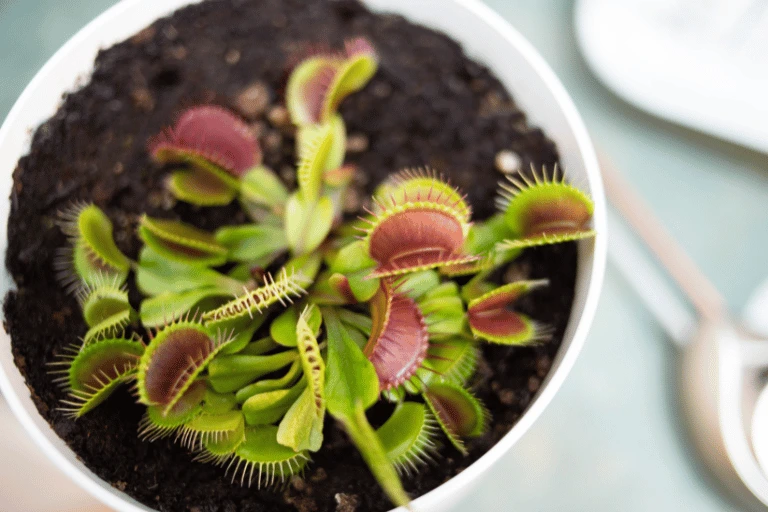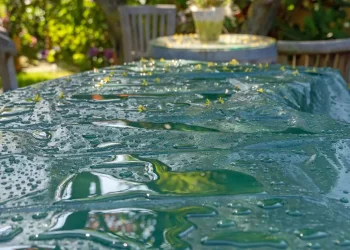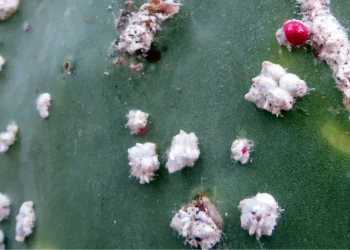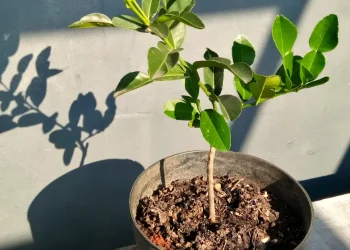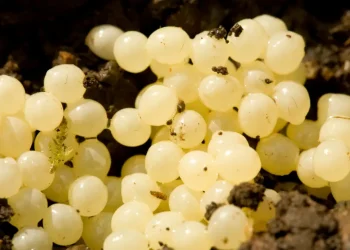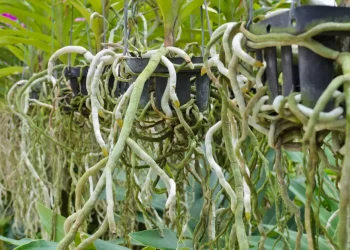We all know that plants are living creatures. But that’s taken to the next level with the Venus Flytrap and other carnivorous flowers, as you can see them live and move in real time. It makes you feel all the more responsible for their lives. And that includes watering them properly, as Venus flytraps need a precise watering schedule to remain healthy.
Let’s be honest, I’m a little freaked out by carnivorous plants. And it’s all the fault of the cute Crash Bandicoot and the giant carnivorous plants that tried to eat you every time you passed by on the racetrack. But that’s for a lot another story.
So, how much water does a Venus flytrap really need? Well, just enough to keep the soil moist at all times but not flooded. But now that we’ve wet our appetite for Venus flytrap care let’s take a closer sip at their watering habits.
How Much Water does a Venus Flytrap Need?
These carnivorous plants may be able to catch their own prey, but they still need our help to stay properly hydrated.
Venus flytraps naturally grow in wet savannas in North and South Carolina in the United States. They evolved for this type of soil and for life in a constantly moist environment. They simply love water and do not like to dry out at all. That’s also why you can use a few special ways for watering, but more to that later.
When growing Venus flytraps at home, you should try your best to replicate its native habitat. You should water them extensively until the soil is moist. Then you can take a few days off and water again once the soil dries out a bit. But you should never let the soil dry out completely.
However, there is not a one-fit-all amount of water. There are several factors that affect how much water your Venus flytraps.
Factors that Affect How Much to Water a Venus Flytrap
There are a few factors you’ll want to keep in mind to ensure you’re giving your plant the right amount of water.
The no.1 one is, of course, the size of the pot and the plant. The size of the pot will impact the amount of soil that’s available to hold water. It’s not necessarily true that a small plant in a big pot requires less frequent watering. You should keep your watering schedule intact, but make sure not to overwater the soil. A Venus flytrap should stay in soil that constantly keeps a stable level of moisture.
But as your Venus flytrap grows, you might need to water it more frequently, as it will also drain the water faster.
Another thing to consider when watering a Venus flytrap is the seasonality. Venus flytraps are active throughout most of the year. This includes spring, summer, and the majority of fall. During these parts of the year, the plant will be active and will require more water due to increased photosynthesis and growth.
However, as it gets colder and winter months approach, your Venus flytrap will enter a state of dormancy where it will require less water and go through a period of rest. It’ll also not require as much food as it does during the growing season. If you haven’t seen your plant eat in two weeks, and it’s December, it’s probably not dead, just resting.
During the growing season, you want to water your Venus flytrap regularly, even daily, if that’s needed to keep the soil moist. Approximately from the end of October to the start of November, you should slow down the watering schedule and water two or three times per month, allowing the soil to become almost completely dry. From February, you can start watering thoroughly again.
How often to Water a Venus Flytrap
The previous section should give you a rough idea about watering your Venus flytrap. And even the frequency depends on the same factors.
Simply keep the soil moist at all times but not muddy. As a rule of thumb, your plant might need to be watered every two to four days. During hot summers, you could even water daily.
Then, as the end of the year approaches, and your flytrap goes dormant, slow down the frequency and water only once every week or two. You’ll be able to tell from the moisture in the soil. Your plant will stop drinking as much, and you should also keep the soil a bit drier than for the rest of the year.
How to Water a Venus Flytrap
Venus flytraps are really sensitive when it comes to watering. Details like the type of water you use or the method are crucial. But no need to worry, I will walk you through the watering process.
What Water to Use?
When it comes to watering your Venus flytraps, there is nothing more important than to never use tap water.
They evolved and adapted to grow in nutrient-poor soils. Tap or bottled water can be really rich in minerals. While that’s good for you, it can “overfertilize” or burn your plant.
If you have soft water at your home, tap water may be suitable for watering Venus flytraps.
If you don’t want to add another expense, I’d recommend calling your local water company and asking about the pH of water in your locality. If it’s close enough or a bit lower to being neutral (that’s a pH of 7), you could try watering your Venus flytrap with it.
However, it’s still recommended to use either distilled water or rainwater
The Best Way to Water Your Venus Flytrap
When you got the right water ready, one of the most important things to keep in mind is to avoid getting water on the leaves, as it can cause damage.
Then, there are three common watering methods, including watering over the soil, bottom watering, and using a water bath. Let’s take a look.
Watering Over the Soil
Watering over the soil is a common way to water every plant. But the other methods are more suitable as they better imitate the natural water source of Venus flytraps. But it’s still usable.
To do this, gently pour water onto the soil until it runs out of the bottom drainage holes.
However, one thing is very important here. If you are, after all, not using distilled water, don’t water your plant this way. When you water over the soil, these minerals and chemicals can accumulate and damage the roots. However, when using one of the two other methods, the minerals and chemicals are left behind.
Bottom Watering
This is the recommended way of watering Venus flytraps. Simply fill a tray with water and place the pot of the plant on top of it. The plant will then take up water from the bottom through the drainage holes in the pot.
This better imitates the wet savannas where these plants come from.
Water Bath
This method is similar to bottom watering, but instead of pouring water into the dish, you simply fill a bucket with enough water to cover the bottom of the pot. Then keep the pot in its water bath for about 10 minutes.
The plant will quickly take enough water it needs, which, apart from the previous method, prevents the plant from sitting in stagnant water, which can lead to root rot.
Conclusion
Venus flytraps can be really picky when it comes to watering. They’re oversensitive to minerals and fertilizers but need to stay moist at all times.
To ensure your plant will thrive, the best you can do is to water from the bottom with distilled water. Simply fill the tray with a bit of water just to cover the bottom and let the plant take the water it needs. Then, once the winter months approach, slow down the watering schedule and let the soil become a bit drier.



